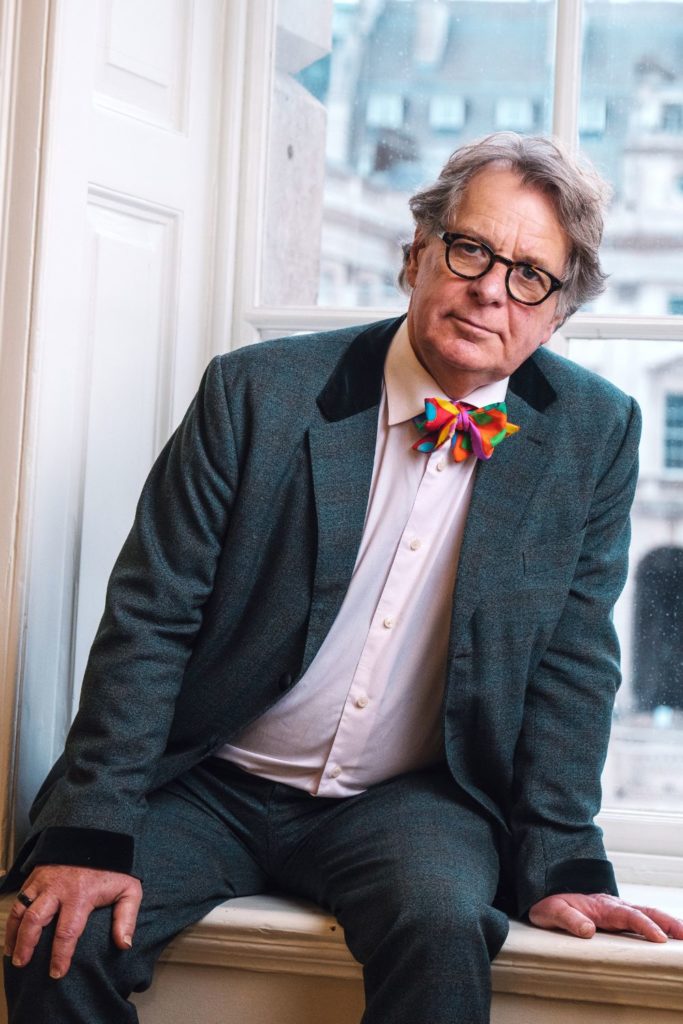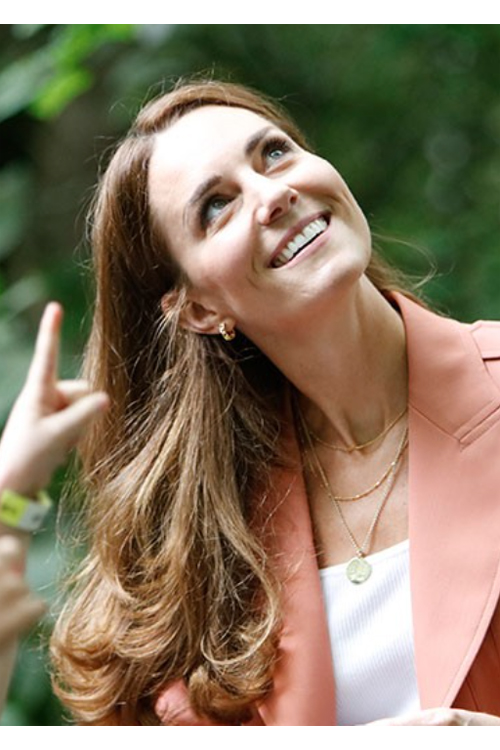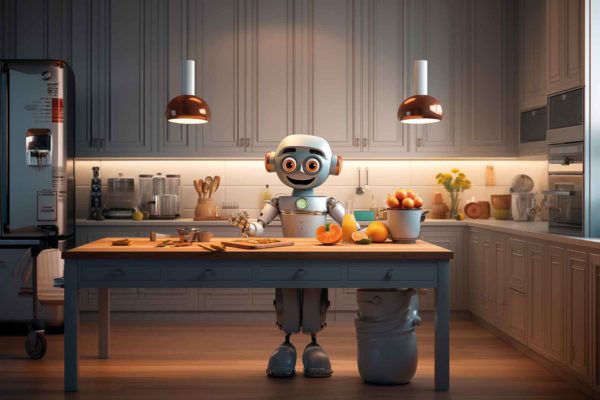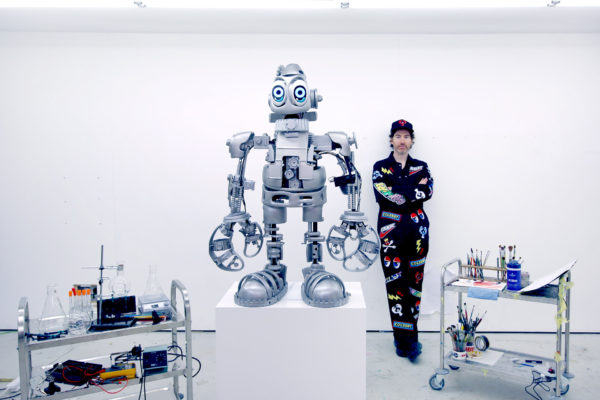Are We Human? Behind the AI Supermodels on the Great British Brands 2024 Cover
By
1 year ago
The story of Shudu
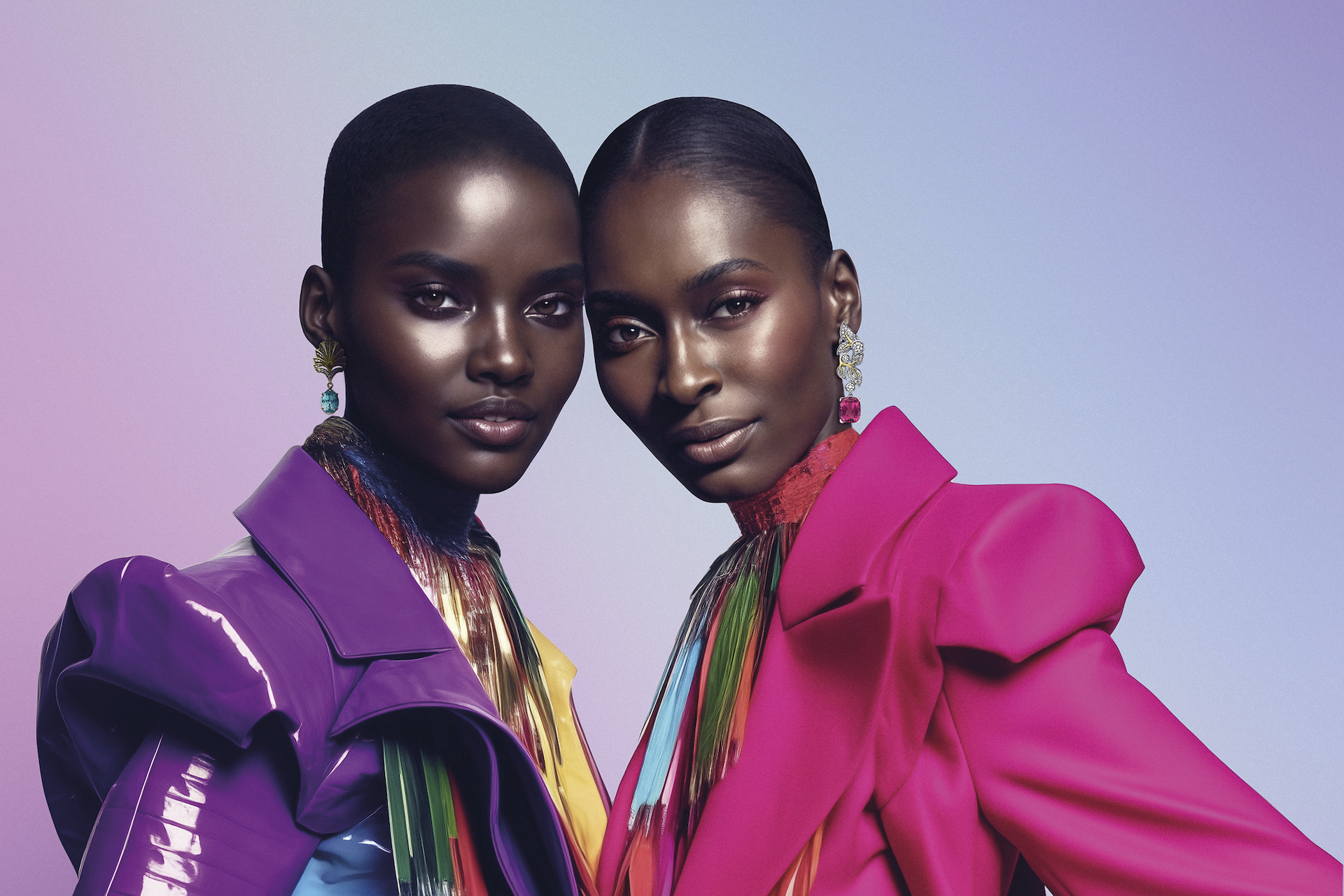
The Great British Brands 2024 cover features the world’s first digital supermodel Shudu and an AI avatar of real-life model Alexsandrah Gondora. Lucy Cleland talks to the creator, Cameron-James Wilson, about why it’s imperative for us all to educate ourselves on AI.
AI Supermodels: The Story of the Great British Brands 2024 Cover
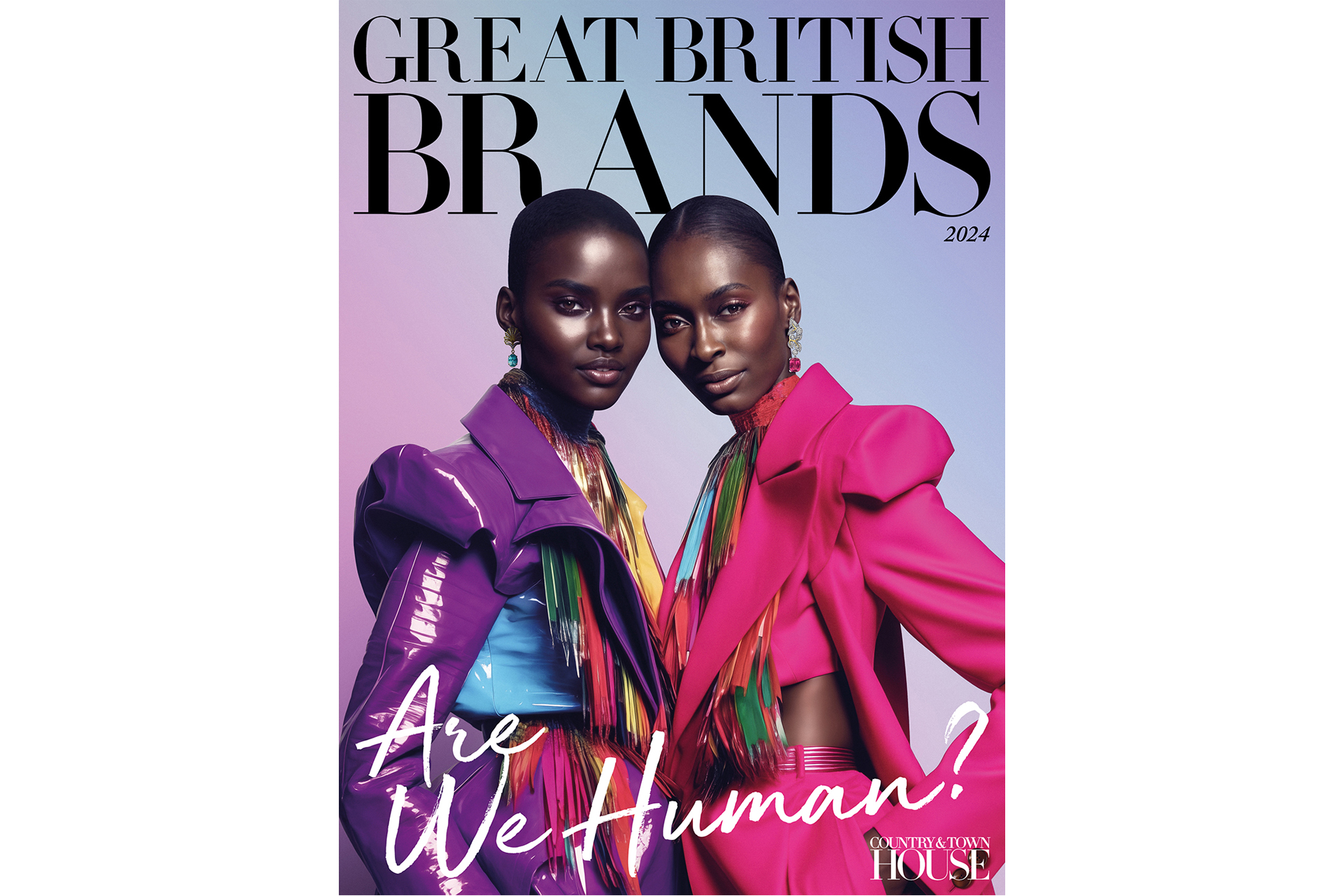
real model Alex (on the right) as we wanted to show the potential of models being able to create AI clones of themselves and therefore able to make passive income. Cameron then Photoshopped her together with fictional model Shudu, in clothes inspired by Alexander McQueen. Real earrings from Boodles were then Photoshopped on both models
‘One thing AI can’t really do is to be imperfect,’ said the Australian director Baz Luhrmann in a recent interview. We’d probably like for that to be true, for isn’t it in the unique grain of the wood, the colouration of a stone, the wrinkle of a smile that human connection lies, and feels relatable, empathic and ultimately loveable? But AI, in the hands of a human artist and creative, can embrace imperfection too. And that is why it’s so important that we truly understand it. So, what better place to start investigating such a potent issue – and all the other questions it throws up – than with our cover?
Let us begin with a story. Once, there was a fashion photographer called Cameron-James Wilson, who goes by the pronouns ‘they’ and ‘them’. They were used to travelling the world shooting the likes of Gigi Hadid for fashion editorials and campaigns. However, in 2017 they took a step back, realising that the industry was changing rapidly with the shift to digital and they couldn’t create what they wanted to anymore, so it was home to mum in Weymouth, Dorset, for a few months.
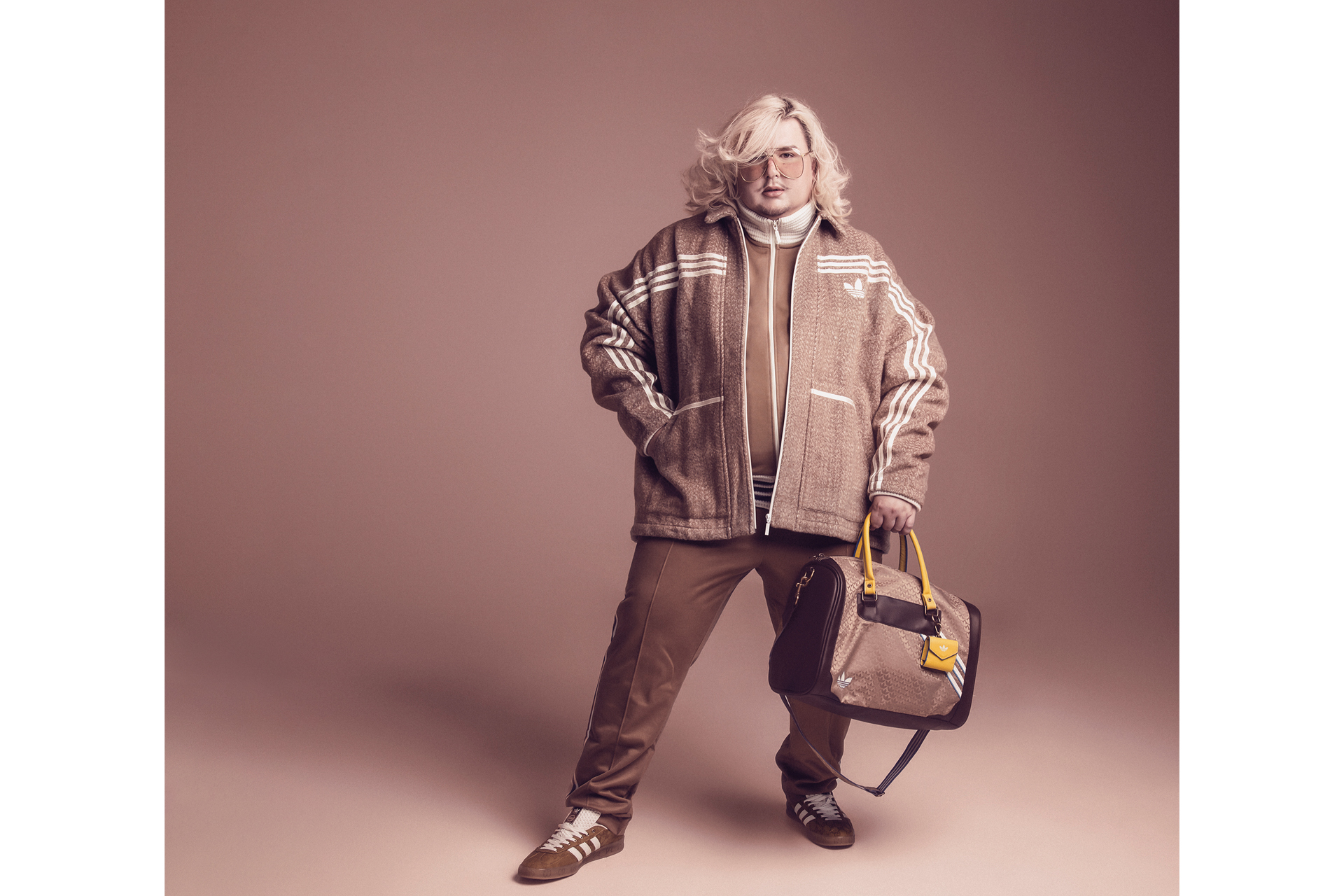
Cameron-James Wilson, founder of The Diigitals and creator of Shudu
During that time, Cameron began exploring their love of CGI and sci-fi movies such as Avatar, and stumbled across Daz 3D, a programme that allowed them to create their own 3D characters, and change everything from skin tone and features to poses and clothes. And so Shudu, the world’s first 3D digital supermodel, who appears on our cover on the left, was born. ‘It just blew up,’ they said, ‘Shudu went viral [when Fenty and Tyra Banks reposted the image]. It was insane.’
The internet was desperate to find out who this glamorous Black model was but, keeping quiet for the time being, Cameron built out Shudu’s channels (she now has 241k Instagram followers), believing that people would soon catch on to the fact that she wasn’t real. They didn’t. Which was a warning sign. ‘So I came out so to speak,’ says Cameron. ‘I thought that people should be aware that this kind of technology exists and what was previously only really available for Hollywood movies was now accessible to people at home. It’s really amazing and exciting, but it also has the potential to deceive people.’
The Reaction to Shudu
On outing themselves, the inevitable backlash about appropriation, taking jobs and Black beauty ideals from a white man creating a Black digital model bore down on them. But Cameron welcomed the debate and learned from it – including finding Black writer Ama Badu via a social media shout-out to create Shudu’s Instagram posts and be her voice in interviews. They are mindful of the fact that they don’t want to take money or jobs from real women, especially Black women: ‘Having worked in the fashion industry, I know how hard Black women work to get the jobs that they do’. So it’s reassuring to know that Cameron uses real humans in the process as much as possible – from models (who pose as Shudu) and writers, to hair and make-up artists – to ensure that there is both professional and creative input, and economic benefit for those involved.
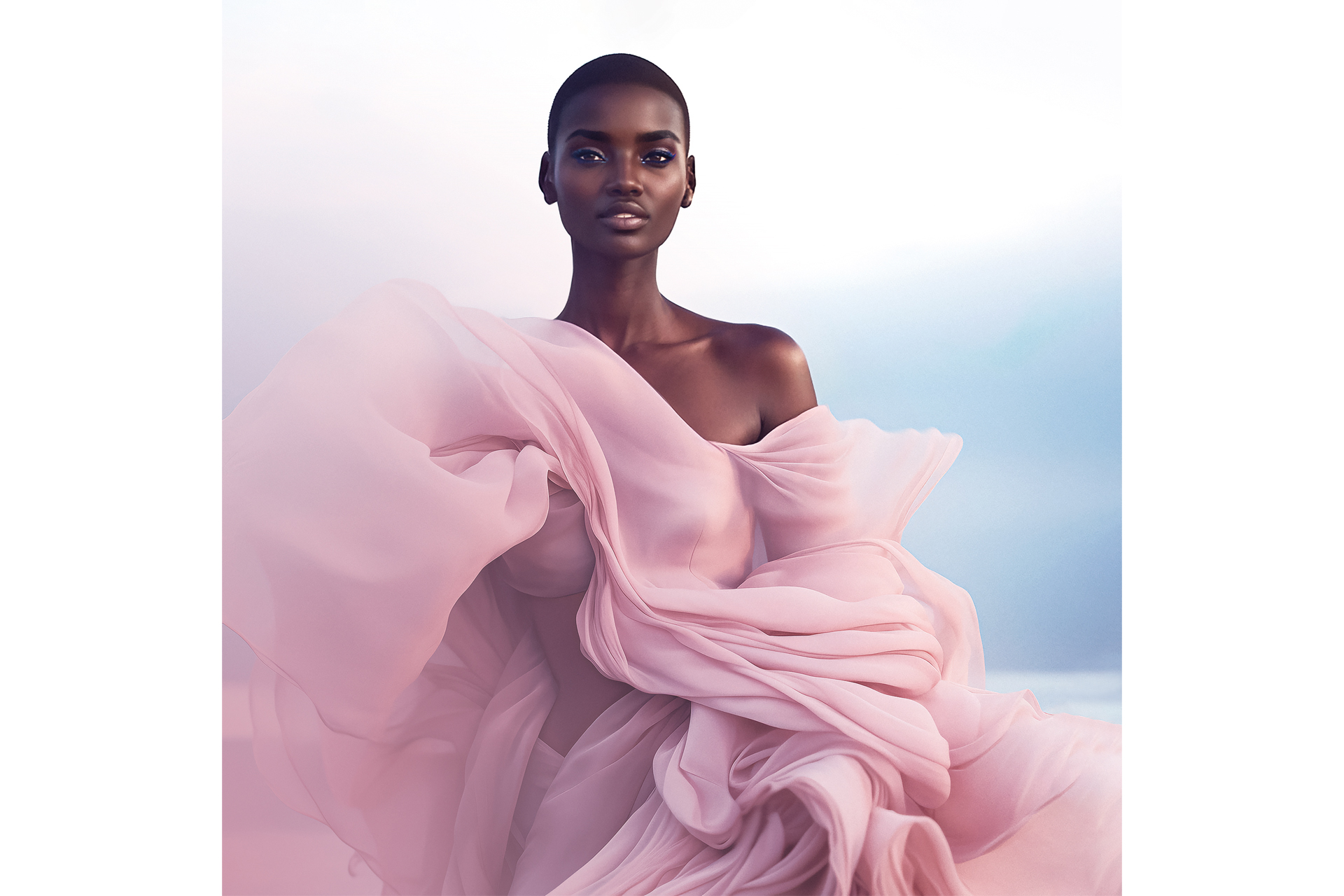
Shudu first went viral in 2018, when Fenty and Tyra Banks reposted the image
They went on to set up the world’s first digital model agency, The Diigitals, and now have eight characters on their books, including curvy model Brenn, complete with stretchmarks, and most recently Kami, the world’s first virtual avatar with Down Syndrome, created in partnership with UK-based Down Syndrome International. They picked up work with titles such Vogue and WWD, and global brands like Balmain, Louboutin and Lexus and were, inevitably, in high demand during the pandemic, when companies – desperate to save their campaigns and with no way to use real models – turned to Cameron and their 3D ones for help.
Meet The Diigitals’ Other AI Supermodels
And now, with the mainstream arrival of generative AI, Cameron believes there is the potential to make something that is indistinguishable from real life: the deep fake, which is what should scare us most. ‘I really want to educate people,’ they say. ‘It is incredibly important because we’re moving into a new age where what you see is not necessarily what it is. I see more and more AI images being shared on social media, and there are literally hundreds, sometimes thousands, of comments from people not realising how they’ve been created. It’s obvious to me, because I work with these images, but the general public are being easily deceived.’
Cameron is transparent about their creative process – they step me through the computer programmes they use (generative image maker Midjourney being the main one), how they put the images together (overlaying a dozen variants of the same image to create a final composition – generative AI creates no image the same), the use of Photoshop and how the images are credited etc. As an artist, Cameron is also alert to the fact that just using AI-generated images without questioning on what biases those images were created becomes an issue of ethics. ‘If you know any of these generative AI imagery tools, you’ll know that they’re also incredibly biased,’ says Cameron. ‘They really only create models that look one way – usually very pretty, symmetrical etc, but they have all of these beauty biases built into them because they were created by people who have biases.’ Cameron therefore actively creates characters that are both diverse and ‘imperfect’. For example, Shudu may look like a model of perceived flawless and skinny perfection, but her proportions are slightly larger than your typical catwalk model.
For our cover, the aim was to create something that ‘opened people’s eyes and educated them,’ says Cameron. ‘And yes, it’s a beautiful piece of art, but it should also be a little bit of a warning. There will be no way for us to really educate people on AI without illustrating it, and showing them the processes, and talking about what goes on behind it and what to look for.’
So while there is the completely fictional Shudu on the left, on the right Cameron created a digital counterpart of real-life model Alexsandrah Gondora, who often works as a muse for Shudu, as the first of its kind by The Diigitals. Alex has been working alongside Cameron since the creation of the agency and has reprised her role as Shudu many times for many notable brands, so to feature them together was a way of exemplifying how real people can walk through this new virtual landscape. Alex – who already earns as a model under her own name (she has shot for the likes of H&M, Vivienne Westwood and Nike) was paid for using her AI avatar, adding another income source for her.
What is the Future for AI Supermodels?
We begin to see how the story of Cameron and our cover can play a part in understanding how we might play, interact and work with this new technology, bringing people with us rather than shutting them out (although there will inevitably be a slew of bad actors who will exploit it). By involving humans in the creative process, ensuring that they are compensated financially and that images are appropriately credited for transparency, Cameron exemplifies an ethical path into this brave new world, which others should be minded to follow.
As for Cameron, how do they feel about it all? ‘I’ve never felt more empowered to be able to create what I see in my head. It’s so incredibly fast for me to just communicate to somebody what I’m thinking visually in my mind. I know there’s a lot of concern over AI, which I can definitely see. But I also see it as a tool that until you’ve used it and started to understand it, you can’t really see the benefits of it.’
So, as with every good cover, there’s a story behind it – and we hope you will read on and explore your own feelings and thoughts about generative AI, and its implications for good and bad. Like anything new and ‘scary’, it is only by educating ourselves that we can retain a sense of autonomy. There is no other option.





